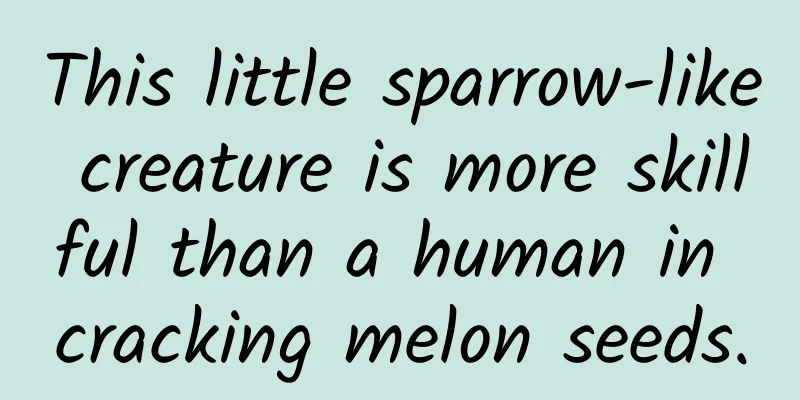The efficacy and function of Ginkgo Root

|
We know that there are many kinds of Chinese medicinal materials, and Ginkgo root is one of them. In order for the Ginkgo root to play its role correctly and scientifically, it is necessary to master its consumption method, because different medicinal materials have their own unique nutrition and efficacy. Let’s study it below. [Other names] Water pear, water winter melon, water pear [Source] Medicinal material source: The root of Davidia involucrata or Davidia glabra, a plant of the Davidia family. 【Original form】 Tree, 15-20m high. The bark is dark gray-brown and falls off in irregular flakes. Leaves are alternate; petiole 4-5cm long, leaf blade papery, broadly ovate, 9-15cm long, 7-12cm wide, gradually pointed at apex, cordate at base, with coarse serrations on margins, soft hairs on upper side when young, densely covered with light yellow coarse hairs on lower side. The flowers are heterosexual, with a terminal capitula consisting of most male flowers and one bisexual flower. There are two large white bracts under the inflorescence, which are oblong or ovate, 7-15cm long and 3-5cm wide; the male flowers have 1-7 stamens; the ovary of the bisexual flowers is inferior, with 6-10 chambers, with degenerate perianth and stamens at the apex, and the style often has 6-10 branches. The drupe is oblong, 3-4cm long, purple-green with yellow spots; 3-5 seeds. Flowering period is May to July, and fruiting period is September. The difference between this variety and the original species is that the leaves are glabrous on the underside, or are covered with sparse short soft hairs and coarse hairs on the young leaf veins, and sometimes covered with white powdery frost on the underside. [Habitat distribution] Ecological environment: Growing in mixed forests at an altitude of 1500-2200m. Often mixed with involucrata. 【Cultivation】 Biological characteristics: It is a medium light-loving tree species that prefers a cool climate. Seedlings grow slowly and prefer shade and humidity, while adult trees tend to prefer light. It is suitable for planting on loose, fertile, slightly acidic or neutral soil, and grows poorly in dry, windy places with direct sunlight. [Chemical composition] Tongtong contains nanleana-3(5), 12-diene. 【Functions and indications】Astringent and hemostatic; antidiarrheal. Mainly used for various bleeding and diarrhea [Usage and Dosage] For oral use: decoct in water, 3-9g; or grind into powder. For external use: take appropriate amount and grind into powder for application. 【Excerpt】 Chinese Materia Medica The above article analyzes some of the effects of Ginkgo root. In our daily life, we can eat Ginkgo root in moderation according to our own situation, which will greatly help improve our body functions. |
<<: The efficacy and function of camel yellow
>>: The efficacy and function of Ginkgo biloba
Recommend
The efficacy and function of puffball
When it comes to treating diseases, good medicine...
The efficacy and function of hair seven
We know that there are many kinds of Chinese medi...
Medicinal effects of the saro tree
The Sala tree is regarded as a sacred tree in Bud...
Summer seasonal fruit illustration: Which one do you pick?
This is the 5026th article of Da Yi Xiao Hu...
Effects and functions of fried bitter orange
Many plants that people come into contact with in...
This disease cannot be inherited from parents, they look basically the same! Just because...
Expert of this article: Dong Xiaoli, Director of ...
The efficacy and function of Acanthopanax chinensis
I don’t know if you are familiar with Acanthopana...
What can be stewed with Tianma?
The Chinese herbal medicine Gastrodia elata is ve...
What are the medicinal values of chrysanthemum?
In daily life, everyone is familiar with chrysant...
The efficacy and function of Ba Mao fruit
Ba Mao Guo is a very common Chinese medicine. Alt...
Is it possible to transform a cemetery into a solar power plant? | Environmental Speaker
Hello everyone, this is the 7th issue of the Envi...
Amazing! Do you always feel that "it rains when you wash your car"?
Have you ever had this experience? "It won&#...
New results from collision! A sensitive probe is now available to explore the difference between positive and negative matter
The Beijing Spectrometer III (BESIII) experiment ...









